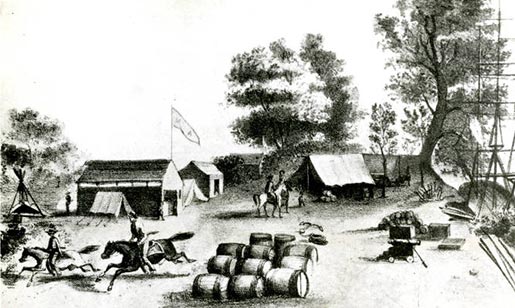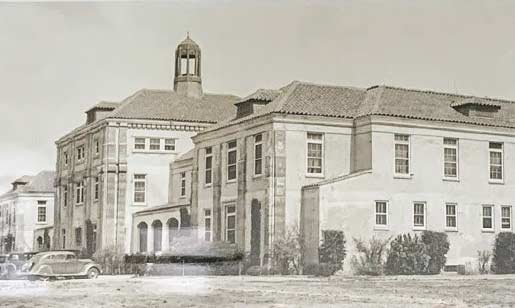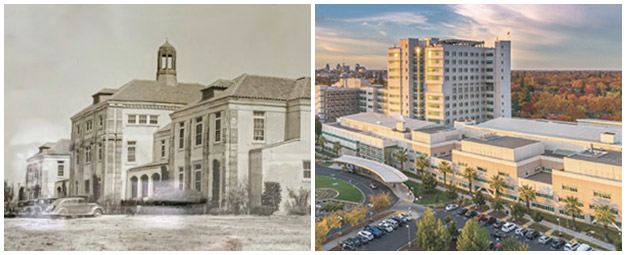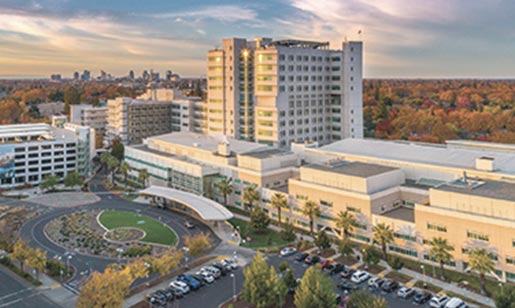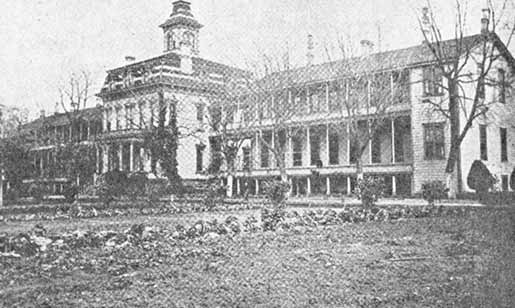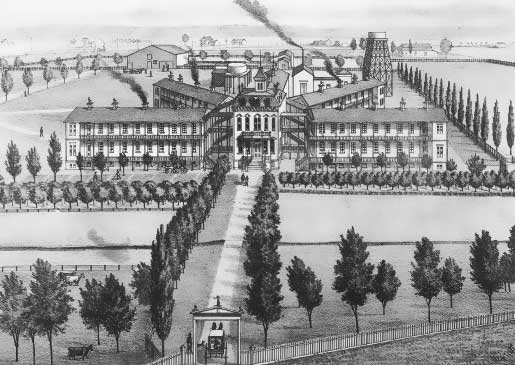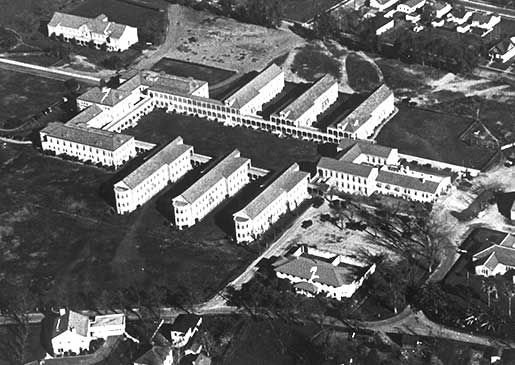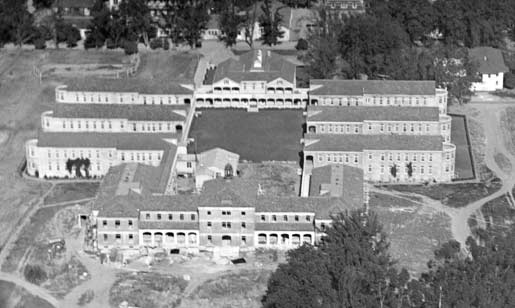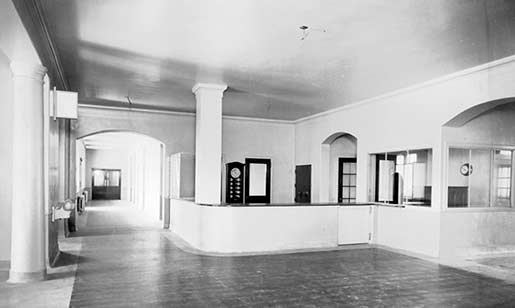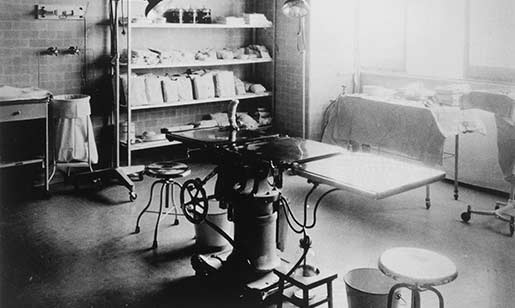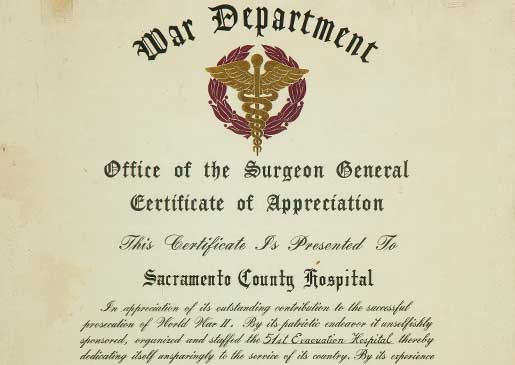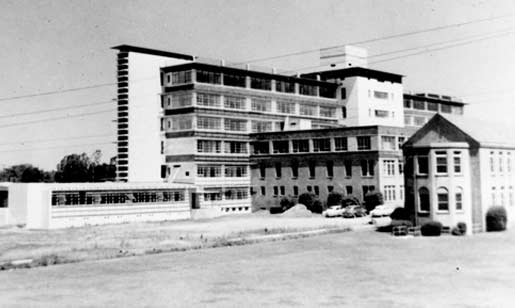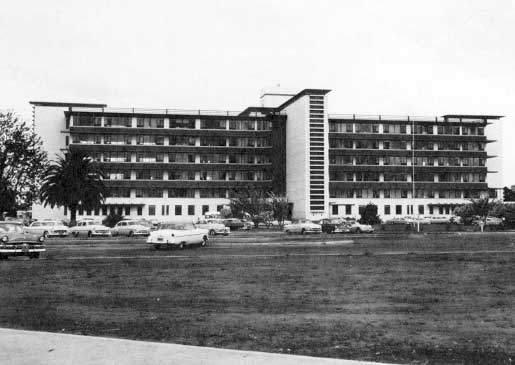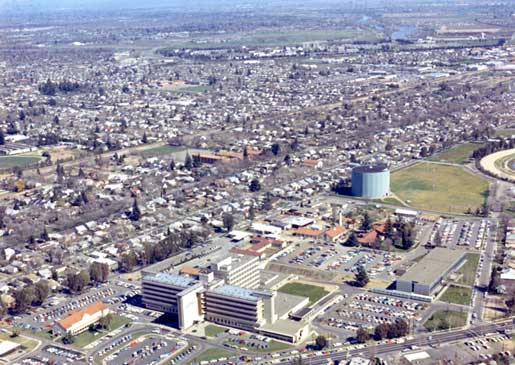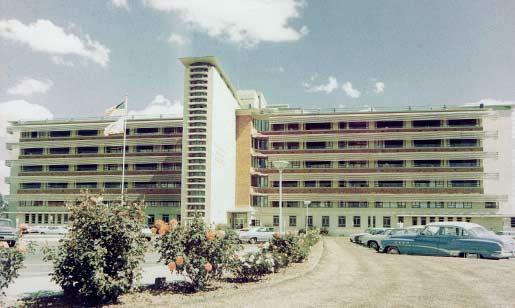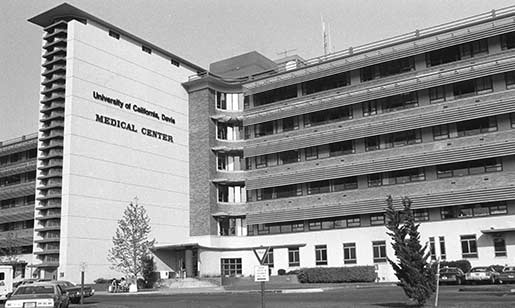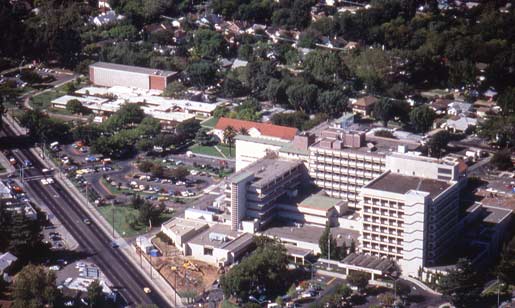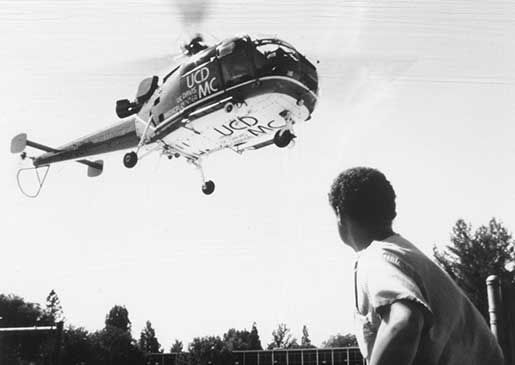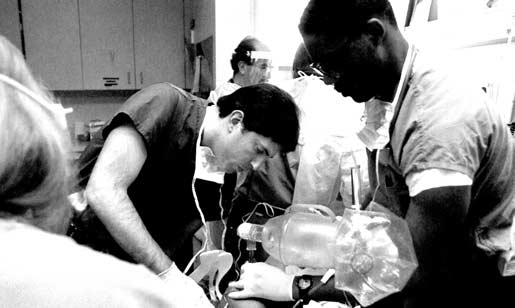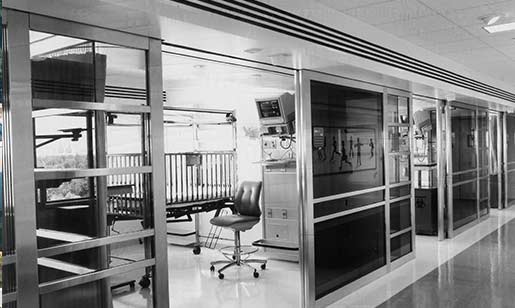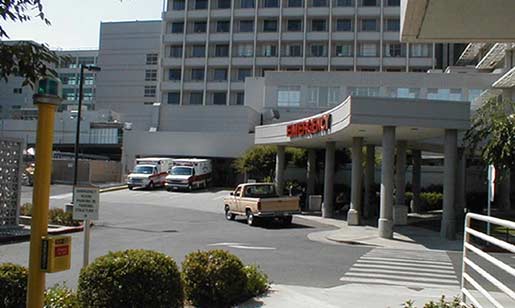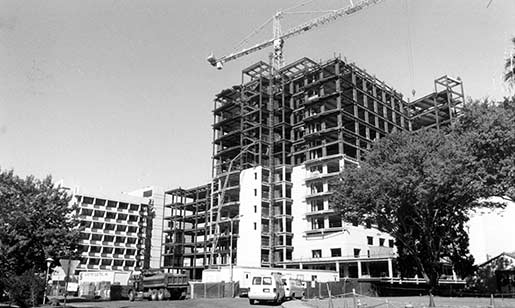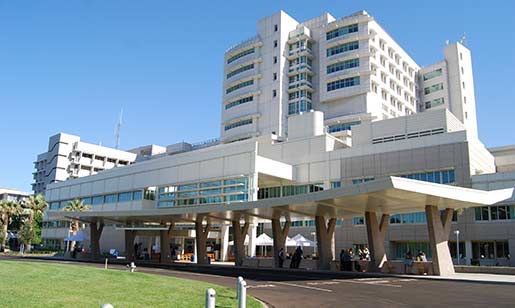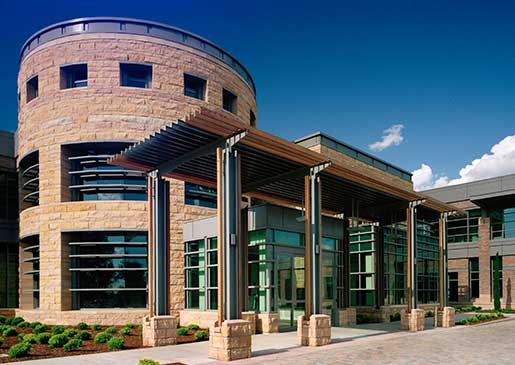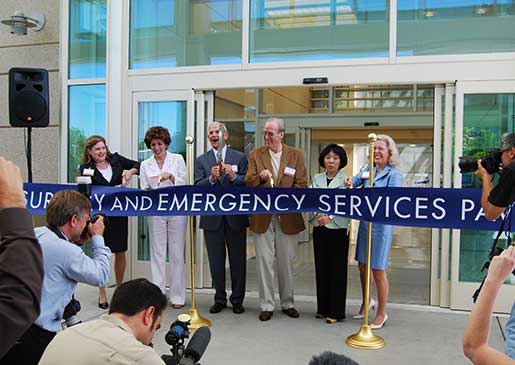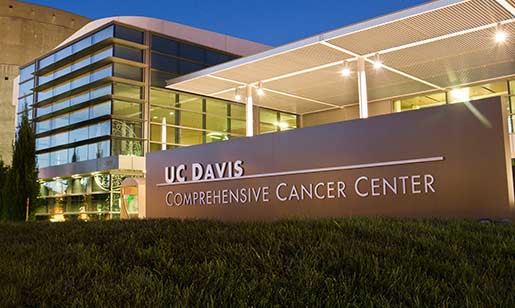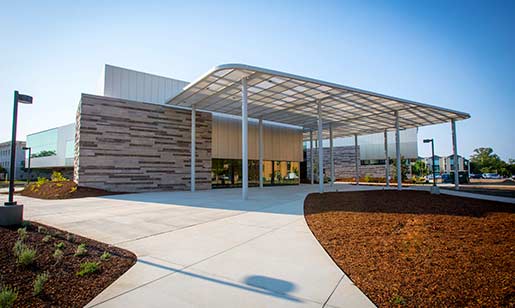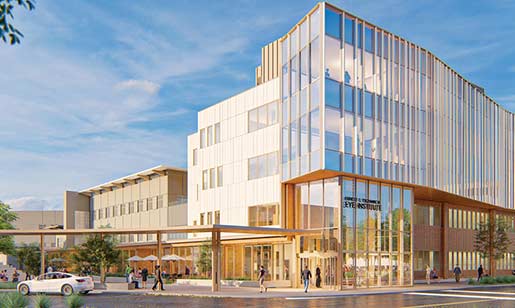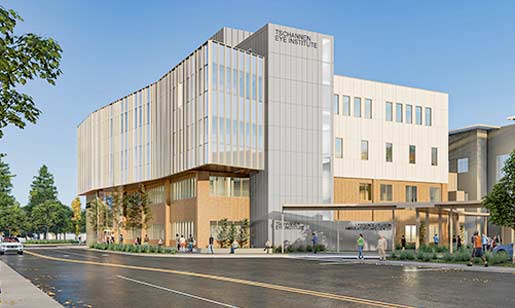1944 – Doctors from the County Hospital and around the region sponsor, organize and staff the 51st Evacuation Hospital. They support U.S. troops in Italy and France that year, then in Germany in 1945. Among its duties there, the unit treats freed prisoners of war. It would be thanked by the War Department for its service, skill and valor.
1945
1945 – County Hospital superintendent Dr. Leo Farrell introduces the “wonder drug” penicillin to the Sacramento region.
Late 1940s – Sacramento County Hospital serves as the polio center for inland Northern California, housing patients in its Isolation Ward 21.
1950 – A six-story medical center is built incorporating some of the old building into the new one.
1959
1959 – The University of California officially names Davis as its seventh campus in the UC system.
1961 – Graduate division programs are started by UC Davis. Air conditioning is installed on the top four floors of the main hospital building.
1964 – A four-year modernization program begins for the Sacramento County hospital. It costs $10.5 million and includes a new eight-story East Wing with 216 beds. The County Hospital becomes a community medical center open to anyone in the Sacramento Valley, not just people unable to pay for medical care.
1966
1966 – The creation of the UC Davis School of Medicine begins. UC Davis and Sacramento County sign an affiliation agreement for the Sacramento County Hospital to be the medical faculty’s primary clinical teaching facility.
1968 – The UC Davis School of Medicine opens and welcomes its first 48 students.
The hospital changes its name to the Sacramento Medical Center, and a new operating room and emergency room open in the hospital to expand treatments available for patients.
The hospital’s longtime, large, and occasionally loud neighbor, the California State Fair, moves to Cal Expo.
